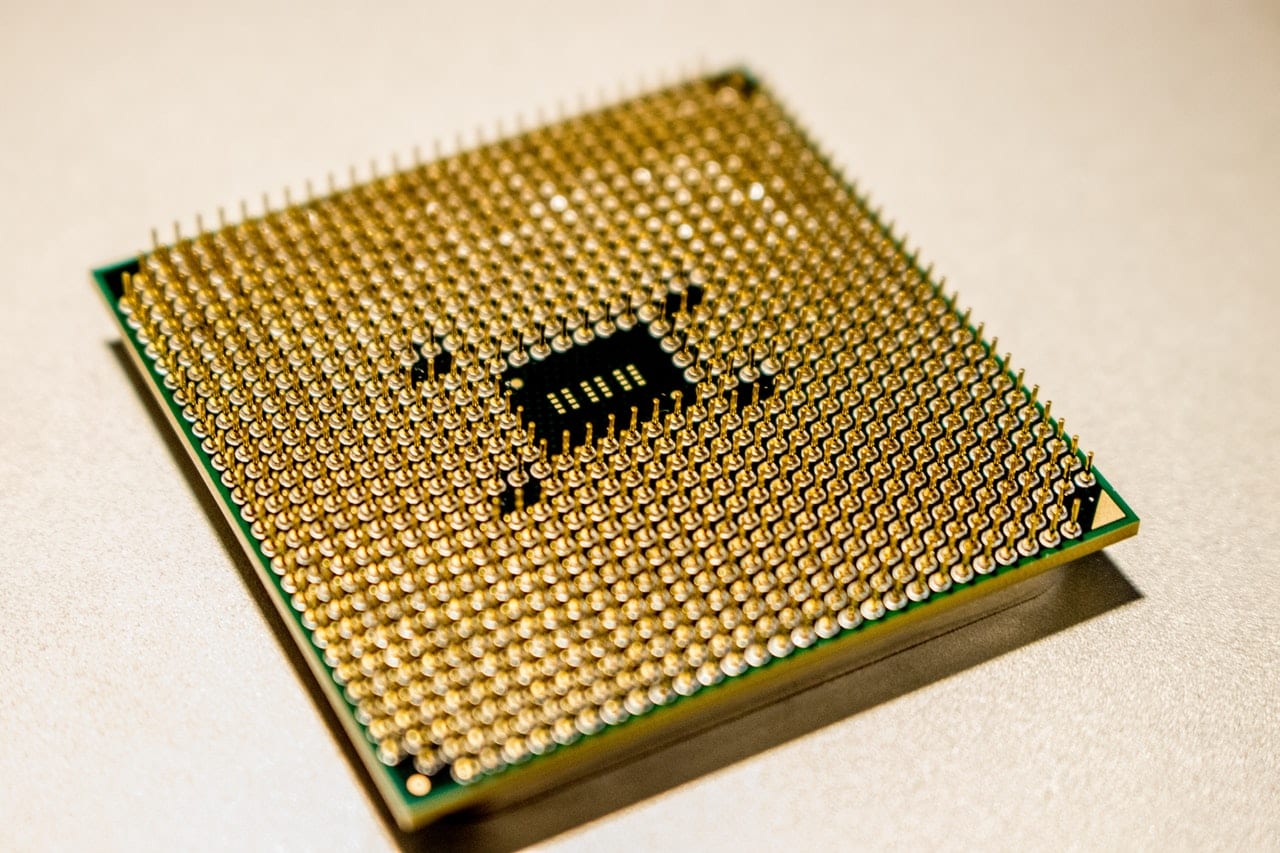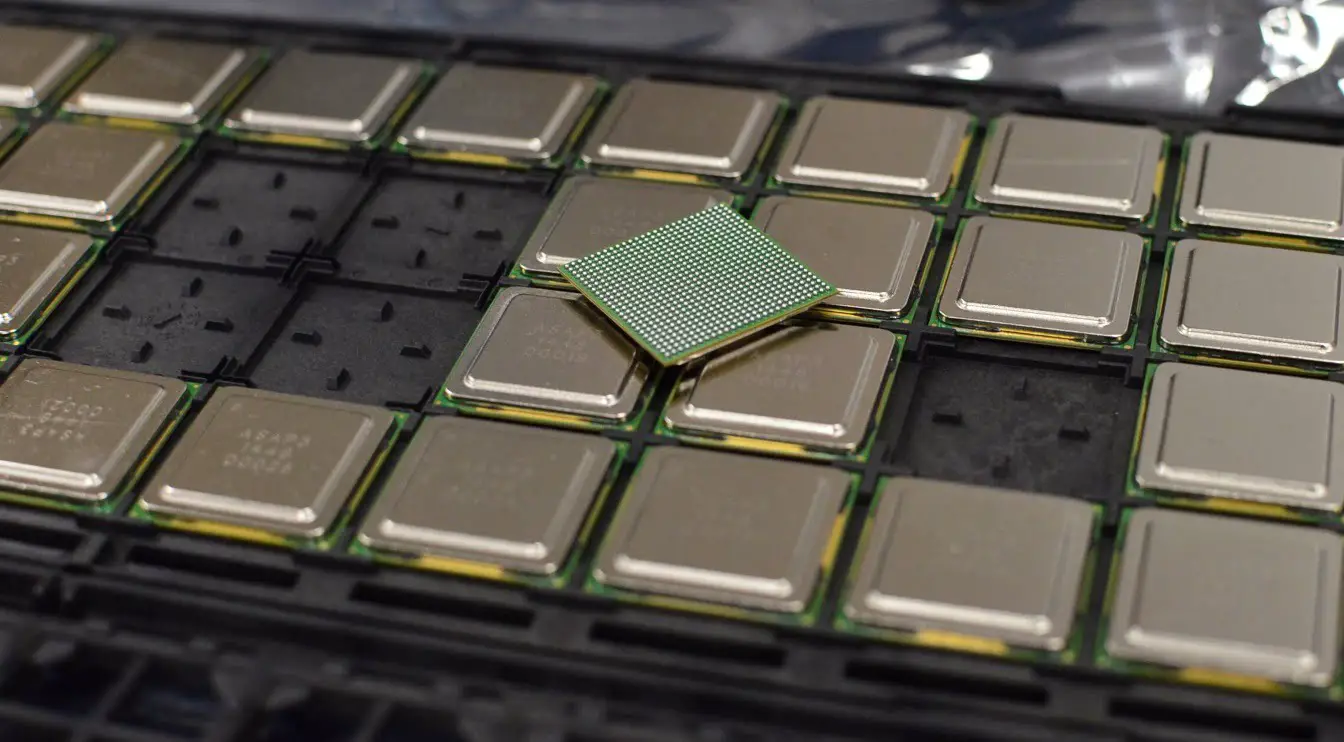Today we are going to learn what are CPU cores and how do they work together. Many years ago, CPUs had only one core. Now CPUs have more than one cores in computers, smartphones, and even smartwatches.
What is a CPU core?
The core of a CPU is the most important part of it. It is the component where the information of the computer system is processed to be recorded, read, interpreted, and written. All the tasks to be done and sent go through it and it is also where the other components of your system receive the instructions to be performed.

However, over time the number of cores has increased considerably. Right now, the processors of the most important domestic range have even 16 cores, as in the case of the Ryzen 9 5950X; on the other hand, in the servers, we can find CPUs with up to 64 cores.
How do CPU cores work?
In many cases, more cores do not exactly represent greater functionality or higher performance compared to a single-core, and the answer lies in how these cores work.
A CPU can only process a single task at a time. That is why they work at very high speeds with frequencies of over 1GHz in older processors and over 4GHz in high-end products. However, as software development also progressed, CPUs began to become slower with respect to the amount of information they had to process. So the need arose to create clusters and core units that record information individually to divide tasks and give relief to more complex and demanding tasks.
In many systems, especially in ARM CPUs, not all cores run at the same speed. This is also a development challenge for the programmers and engineers who design these machines. In many of these cases, processes are divided according to the speed at which each core can work into more or less demanding tasks, also giving rise to the division into categories of cores.
However, this only responds to software programming, which will be in charge of asking the CPU to perform tasks through different cores in case it is designed that way. Otherwise, the work will continue to be concentrated on a single core.

Let’s imagine that the tasks sent by a computational system are hamburgers served on a table where couples can sit down to work. The more mouths there are, the faster the food will run out. The speed at which each core eats will also depend on the priority at which the hamburgers are served because there is no point in putting out orders of 10 hamburgers to a core that can only eat 5 hamburgers at a time because they are on a diet. I hope this demonstration was clear enough.





